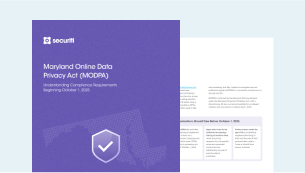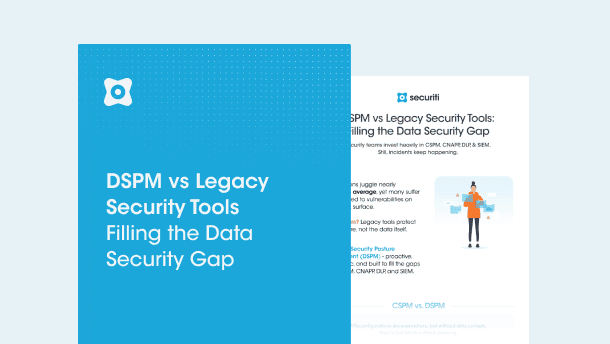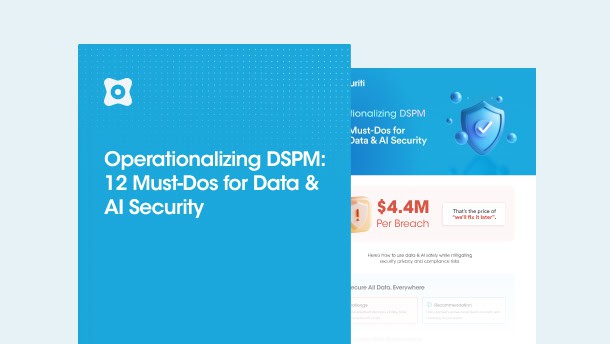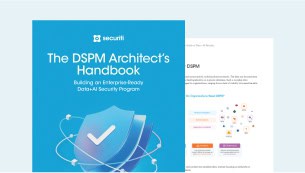Attack vector is a specific method or pathway through which an attacker gains unauthorized access to a system or network and exploits vulnerabilities, including but not limited to malware, phishing, or DDoS attacks.
Understanding Attack Vectors in Cybersecurity
Attack vectors are the routes or strategies cybercriminals employ to exploit vulnerabilities in computer systems, networks, or individuals to access restricted parts of the system, pilfer data, or cause disruption.
Attack vectors come in a wide range of complexity and size, from simple strategies used by amateur hackers to very sophisticated techniques used by state-sponsored threat actors.
Types of Attack Vectors
There are a number of attack vectors that cybercriminals may leverage to gain unauthorized access or exploit vulnerabilities:
Phishing
One of the most prevalent attack vectors is phishing. Cyberattackers use this type of attack to scam victims or deceive them into disclosing personal or sensitive information. For instance, an attacker may send an email while impersonating a CEO asking for credentials to a key business directory.
Malware
Malicious software, including viruses, worms, trojans, and ransomware, may be used to infect systems, servers, or applications.
Social Engineering
Attackers use psychological tricks to trick users into giving them access to systems or data. These tricks include pretexting, baiting, and tailgating.
Zero-Day Exploits
Cybercriminals leverage vulnerabilities in hardware or software that the vendor is unaware of to gain an advantage over security measures.
Brute Force Attacks
Hackers explore virtually every possible combination of encryption keys or passwords in a methodical effort to obtain access.
Importance of Knowing Attack Vectors
Several factors make it crucial to understand attack vectors:
Defense Planning
Cybersecurity professionals need to be aware of potential risks. Understanding attack pathways enables them to create effective defenses and risk-mitigation strategies.
Incident Response
Identifying the attack vector after a breach improves investigators' understanding of how the assault occurred, enhancing incident response and recovery activities.
Risk Assessment
Conducting risk assessments enables organizations to consider the attack vectors most likely to target their systems and data, improving the ability to determine vulnerabilities or security gaps.
Evolving Landscape
Cyberattacks evolve with technology. Take, for instance, Generative Artificial Intelligence (GenAI) that brought with it various new security risks, such as AI poisoning, access entitlements, etc. Therefore, it is important to learn about emerging threats and adapt accordingly.
How to Mitigate and Defend Against Attack Vectors
Digital assets and sensitive data must be protected by mitigating and protecting against attack vectors. Strong access controls, routine software updates and patches to address vulnerabilities, and reliable antivirus and anti-malware solutions are all effective tactics. User education is essential; training individuals on how to identify phishing attempts and use basic cybersecurity practices will mitigate several attacks. Attacks can also be detected and thwarted in real-time with the help of intrusion detection and prevention systems and by observing unusual activity in network traffic. In the event of a data breach, data can be restored via routine backups and disaster recovery procedures. Combining these steps will help individuals and businesses become much less vulnerable to attack vectors and improve their overall cybersecurity posture.
Real-World Examples of Attack Vectors
Attack vectors in the real world are dreary reminders of the underlying danger to online security. In 2017, the WannaCry ransomware assault used a Windows vulnerability to travel quickly across networks, encrypt data, and demand a ransom in exchange for the decryption keys. Similarly, attackers used a known software vulnerability in the 2017 breach to obtain millions of individual’s sensitive personal data. These instances show the variety and tenacity of attack vectors and the pressing necessity for proactive cybersecurity measures to fend off such dangers.
Continuous Monitoring for Emerging Attack Vectors
Modern cybersecurity solutions must incorporate continuous monitoring for new threat vectors. Organizations must diligently identify and resolve new vulnerabilities and strategies because cyber threats continuously change. This can be achieved using advanced threat intelligence, machine learning, and behavior analysis techniques. With continuous monitoring, organizations can respond quickly and adapt to new attack vectors as a result, helping them stay one step ahead of hackers. Continuous monitoring is a crucial defense mechanism in a digital ecosystem where new threats might appear at any time to safeguard sensitive data, systems, and networks.





































